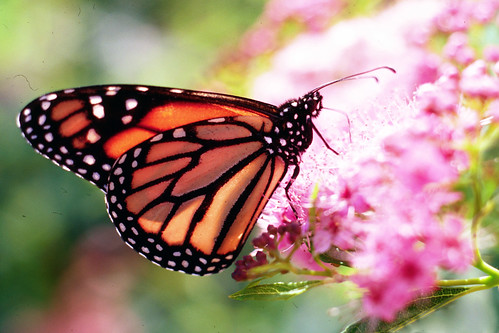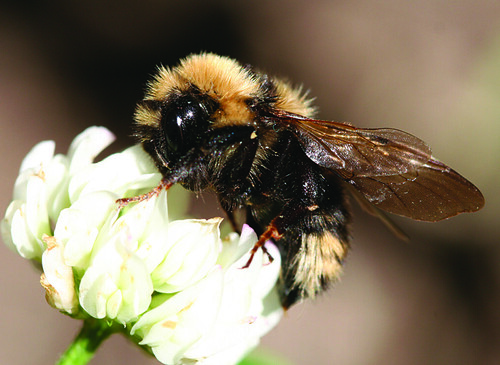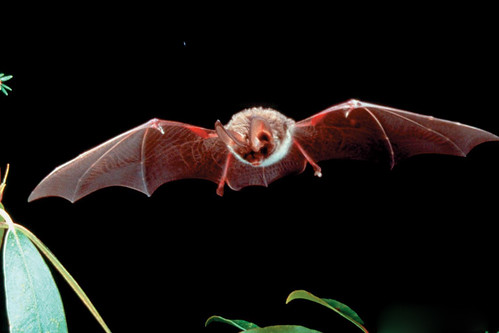
The USDA’s People’s Garden team is joining the fun at the White House Easter Egg Roll today to introduce the crowds to some very important garden workers – pollinators. Bees, butterflies, bats, birds, and beetles are all crucial to sustaining plant growth, and in fact nearly two-thirds of the foods we often consume are pollinated by bees alone. Doing your part to keep these creatures healthy in turn ensures a nutritious food supply for you and me.
Honey bees are responsible for pollinating more than 100 crops and one out of every three bites of food Americans eat. These foods give our diet diversity, flavor, and nutrition. Over the past few decades, there has been a significant loss of pollinator habitat and pollinators, including honey bees, native bees, birds, bats, and butterflies, from the environment. Declining pollinator populations across the country pose a threat to our environment, economy and human health, but supporting pollinators is not hard to do.
Pollinators need us and we need pollinators. This year, we will be celebrating pollinators at the White House Easter Egg Roll in President’s Park on the South Lawn of the White House. This year’s theme, “#GimmeFive,” encourages Americans across the country to share five things they are doing to eat better, be more active, and lead a healthier life, and supports the First Lady’s Let’s Move! initiative to help kids grow up healthy and have the opportunity to reach their full potential.

Real pollinators – live bats, bees and Monarch butterflies – will be on display for visitors at the White House Easter Egg Roll today, thanks to our partners the Organization for Bat Conservation, Bat Conservation International, Monarch Watch, and USDA Agricultural Research Service’s beekeepers. Educators from these groups as well as the USDA Forest Service, USDA People’s Garden volunteers and USDA Agricultural Marketing Service staff will talk about pollinators’ contributions to humans and even help make “bug suckers” for collecting insects on the South Lawn!
Getting active in the garden can be a great way to increase your physical activity and help our pollinators too. Help us meet the #GimmeFive challenge by taking one or all of these easy steps to increase the number of pollinators in your area:
- Go Native - plant native plant species.
- Bee Showy - flowers should bloom in your garden throughout the growing season
- Bee Bountiful - plant big patches of each plant species
- Bee Diverse - plant a diversity of flowering species that supply an abundance of pollen and nectar
- Bee Chemical Free - limit or eliminate use of pesticides
Watch this webinar on Pollinators for Your Garden for expert advice on how to create a successful pollinator garden.
How can you find pollinator-friendly native plants for your garden?
The Pollinator Partnership offers 32 different planting guides to improve pollinator habitat, each one tailored to a specific ecoregion in the United States. Each guide is filled with an abundance of native plant and pollinator information. Enter your zip code to find your ecoregion planting guide and download it for free.
And don’t forget to register! If you already have a green thumb and plants available for pollination, you can register your space to be included on the Pollinator Partnership’s database. The SHARE map collects pollinator habitats from all over the world in an effort to build the community.


